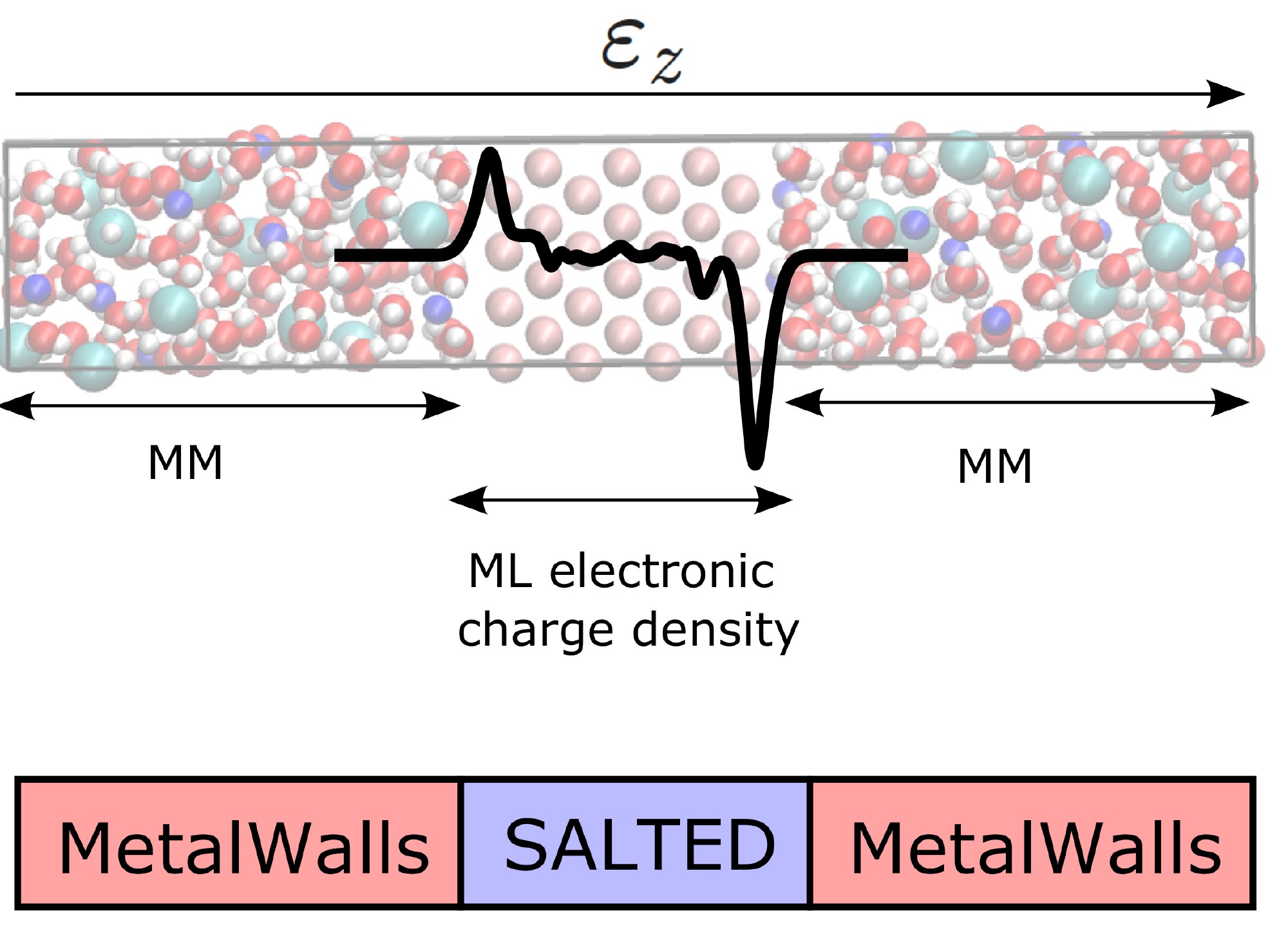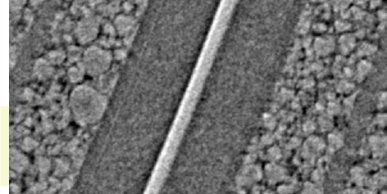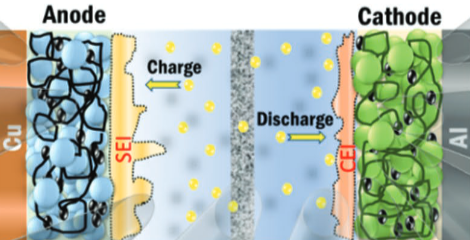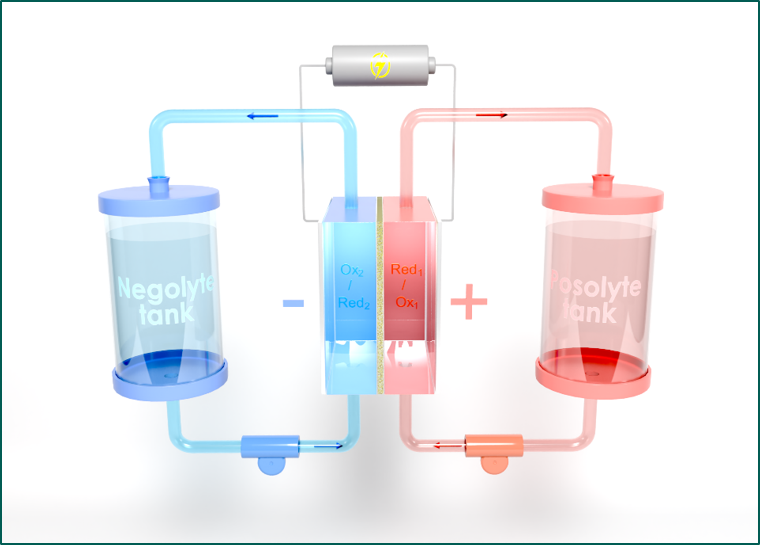
First syntheses of posolytes, boosters, and membranes for redox flow batteries

February 24, 2025

The DISCOVERY project presents its first syntheses of posolytes, boosters, and membranes for redox flow batteries
Florence GENESTE (ISCR)
The DISCOVERY project aims to develop an energy storage system for intermittent energy sources using aqueous redox flow batteries. The project focuses on the development of various battery components: posolyte, negolyte, and membranes. Results obtained after one year of work were presented at the PEPR Batteries Day.
During the first year, efforts centered on the development of new electroactive organic compounds for redox flow batteries. A dozen new posolytes, derived from ferrocene and phenothiazines, were synthesized. These syntheses led to significant progress in understanding the physico- and electrochemical behavior of these new compounds, particularly in terms of redox potential, solubility, and stability.
Attention was also given to the design of insoluble redox species placed in the reservoirs to boost the energy density of the batteries. Polyquinone-type polymers exhibiting redox activity in aqueous media were prepared. An analytical technique was developed to rapidly identify the most effective mediator/booster pairs.
Efforts also focused on developing cation-exchange membranes as alternatives to commercial perfluorosulfonated membranes (Aquivion®, Nafion®), aiming for higher performance and lower environmental impact. New hydrocarbon-based membranes were synthesized and processed. Some of them exhibit highly promising properties, matching commercial membranes in terms of conductivity (see figure).
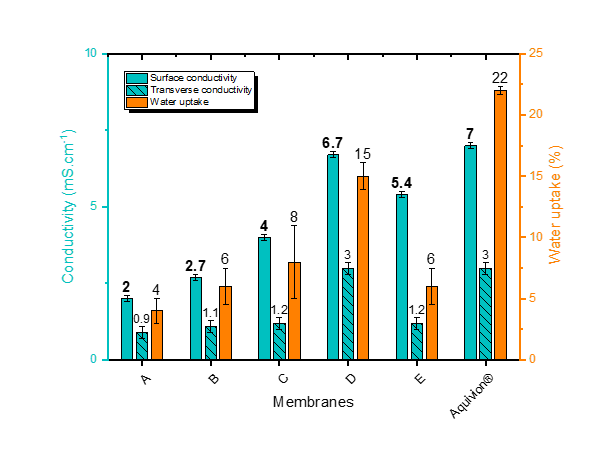
Autres Highlights
